1. Sliding shower doors on tubs in family homes
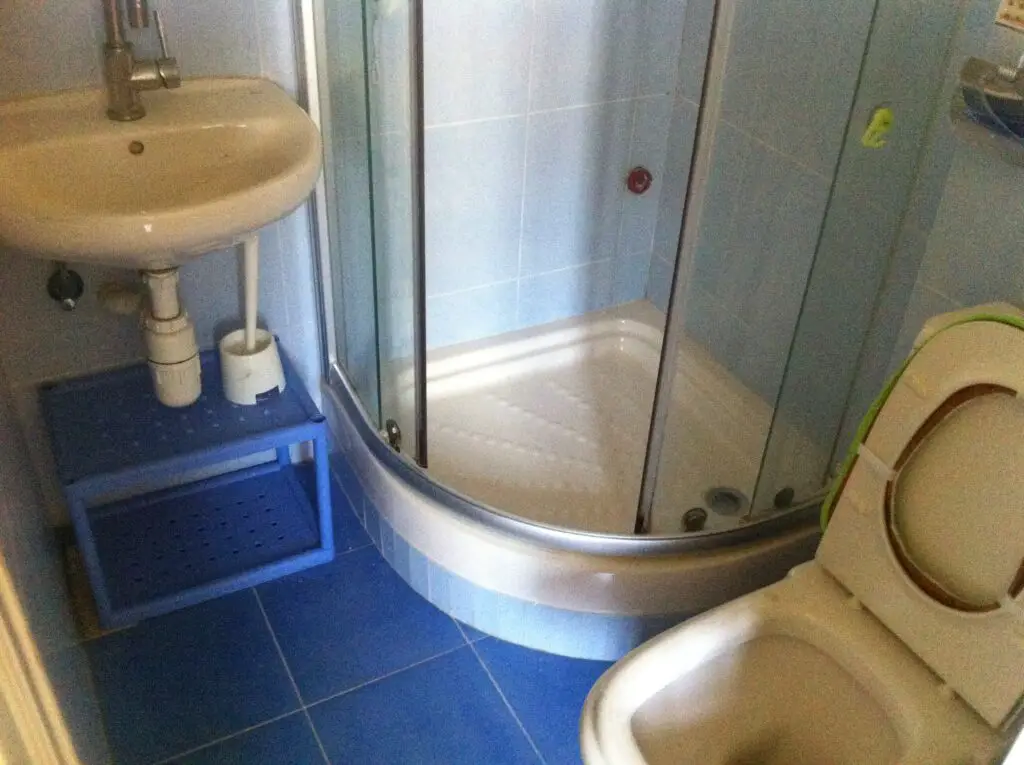
In family-friendly properties, sliding shower doors can be a turn-off. They make bathing small kids awkward and are harder to clean than a shower curtain setup. While they may seem “upgraded,” they often limit functionality in ways buyers don’t appreciate. It’s a mismatch between the remodel choice and the likely buyer’s needs.
In homes likely to attract families, a simple curtain rod can actually be a selling point. If a flipper insists on a glass upgrade, a hinged panel can offer more flexibility. Buyers pick up on these usability mismatches quickly. It’s another case where “nicer” isn’t always “better.”
2. Overuse of gray paint
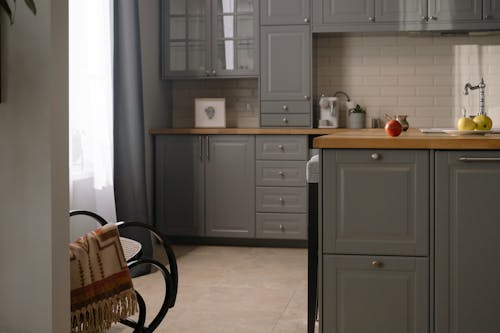
A cool gray wall can look clean, but entire houses drenched in the same gray shade feel cookie-cutter. This “flipper gray” trend peaked years ago, and buyers today are leaning toward warmer neutrals or soft, varied tones. An all-gray interior can make a space feel flat and uninviting. Worse, it’s often used to mask minimal effort in staging or design.
When every room looks like it was painted in one afternoon with leftover discount paint, it tells buyers the remodel was done quickly. Varied color palettes—or even subtle accent walls—signal more care and intentional design. A paint job is one of the easiest ways to show quality, so cutting corners here is a big red flag. People want personality, not a monochrome mood.
3. Laminate countertops in kitchens
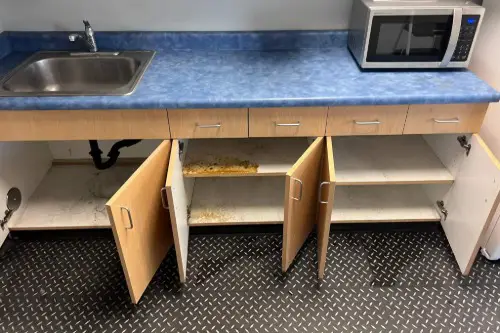
Kitchens are a major selling point, and laminate countertops instantly feel dated or cheap compared to stone, quartz, or even butcher block. While today’s laminates can mimic pricier materials, they don’t offer the same durability. Heat, knife cuts, and moisture can all take a toll. Buyers who see laminate often assume the rest of the remodel was equally budget-conscious.
A solid surface upgrade isn’t just cosmetic—it impacts resale value directly. Even an entry-level quartz can dramatically change buyer perception. Skipping this for laminate can cost more in lost offers than the upgrade would have. First impressions in the kitchen are everything, and countertops are front and center.
4. Single-bulb ceiling fixtures
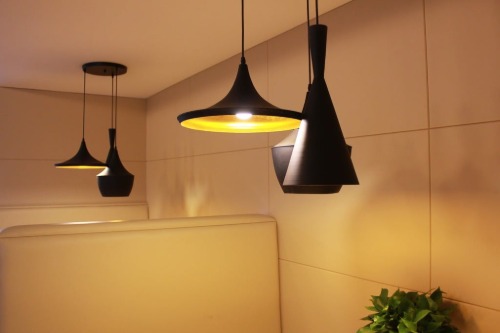
You know those “builder basic” flush-mount lights with a single bulb and a frosted dome? They’re a dead giveaway that lighting wasn’t a priority. In a remodel, upgraded lighting shows thoughtfulness and creates ambiance, while single-bulb fixtures scream cost-cutting. They also fail to provide even illumination, making spaces feel smaller.
Buyers expect layered lighting in remodeled spaces, especially in kitchens and living areas. Swapping a $15 fixture for a $60 one can completely transform a room’s vibe. But flippers often leave these cheap fixtures in place or replace them with equally uninspired versions. Poor lighting choices suggest other invisible corners might have been cut.
5. Mismatched flooring transitions
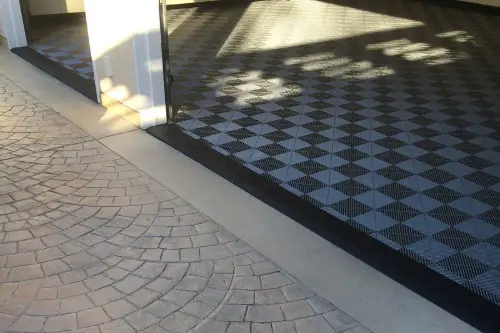
Walking through a home and seeing three different flooring types within 20 feet is jarring. It often signals that leftover materials were used or that the remodel was pieced together over time without a cohesive plan. Mismatched flooring also breaks up sightlines, making spaces feel disjointed. Buyers notice—even subconsciously—that it lacks flow.
Consistent flooring throughout main areas creates a more high-end feel and helps rooms feel larger. Flippers sometimes patch damaged areas with whatever’s cheapest or on-hand, thinking no one will care. But flooring is a foundational design element, and mismatches can drag down the whole impression. Buyers will mentally tally the cost of replacing it.
6. Obvious painted-over hardware
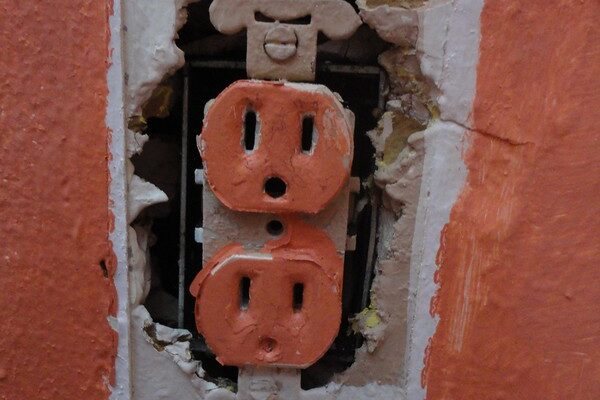
When door hinges, window locks, or outlet covers are painted over, it’s usually a sign the remodeler didn’t bother to remove them first. This shortcut can make even fresh paint look sloppy. It also suggests the paint job might not have been done with care elsewhere. Buyers equate little details like this with the overall quality of the renovation.
Replacing or cleaning hardware before painting doesn’t take much time but adds polish. Leaving them painted-over makes a house feel “flipped” instead of “updated.” In competitive markets, that’s a small but meaningful difference. Quality is often in the details, and this detail shouts “low budget.”
7. Cheap vinyl backsplash stickers
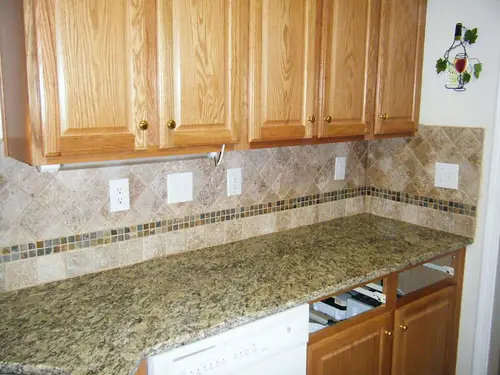
Peel-and-stick backsplash panels can be a clever DIY fix, but in a professional remodel, they come across as a shortcut. They often bubble, peel at the edges, or misalign over time. Buyers can spot them instantly, especially if they’ve done their own home projects. It’s an instant signal that the kitchen upgrade wasn’t long-term focused.
Tile, even inexpensive subway tile, provides a more durable and upscale look. It also adds real value because it lasts longer and feels intentional. Flippers often choose peel-and-stick because it’s fast and requires no grout. But for buyers, it can be a red flag that they’ll need to redo it soon.
8. Unfinished storage spaces
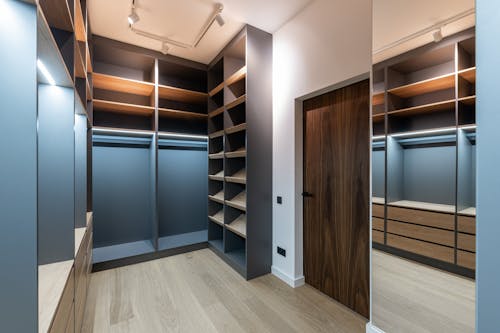
Attics, garages, and closets that are freshly painted outside but untouched inside hint at a remodel that stopped where the photos would stop. While not every storage space needs drywall and trim, buyers notice when they open a door and see neglect. These spaces are part of the home’s functionality, and their condition says a lot about upkeep. If the remodeler didn’t bother here, where else did they skimp?
Even minimal improvements—like fresh paint, better lighting, or sealed floors—show that the upgrade extended beyond “what’s visible.” Storage might not be glamorous, but buyers appreciate a sense of completeness. Flippers who ignore it leave buyers wondering if the work elsewhere is just cosmetic.
9. Baseboard gaps and shortcuts
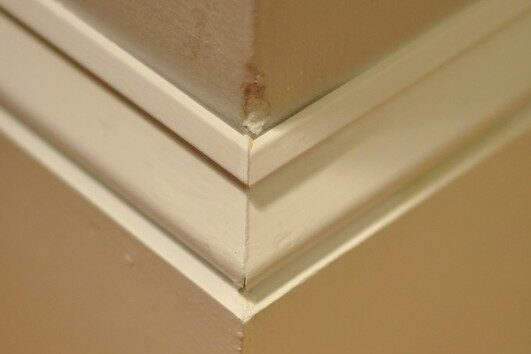
Baseboards that don’t meet at corners, have uneven cuts, or lack caulking are tiny but telling flaws. They signal either inexperience or indifference in finish work. Buyers might not articulate it, but they sense when trim work is sloppy. Clean, well-installed baseboards are like a frame for the whole house.
The cost to fix trim after the fact can be frustrating, and many buyers won’t bother—they’ll just lower their offer. Inconsistent or missing baseboards also make a remodel look rushed. Flippers sometimes think no one will notice, but it’s one of those subconscious cues about quality. Crisp edges and clean lines always sell better.
10. Hollow-core interior doors

Nothing screams “budget shortcut” quite like hollow-core doors. They’re lightweight, often feel flimsy, and can make a house sound echoey because they don’t block much noise. While fine for a quick rental spruce-up, buyers often expect solid-core doors in remodeled homes—especially in higher price brackets. The difference in feel when you open or close them is surprisingly noticeable.
Replacing hollow-core with solid-core doors adds heft, better soundproofing, and a sense of quality. It’s a modest upgrade that many flippers skip because it costs more per door, especially in a full-house remodel. But skipping it can make the entire place feel cheaper, even if the paint is fresh. Savvy buyers will notice the moment they touch the doorknob.
11. Lack of exterior updates
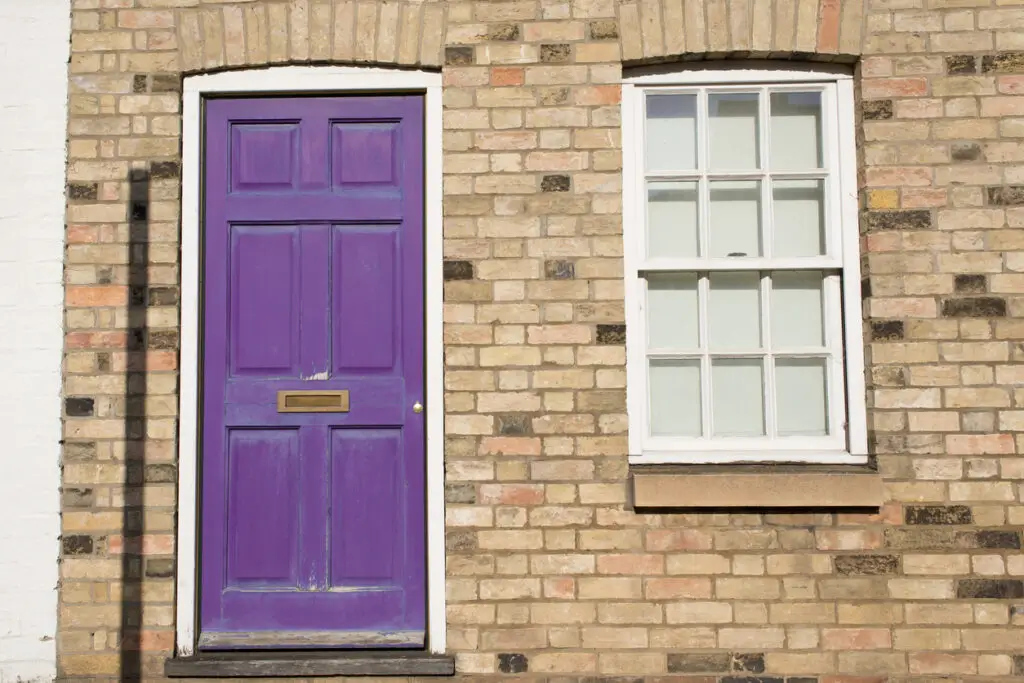
A beautifully remodeled interior paired with peeling trim, old gutters, or cracked walkways is a dead giveaway of a flip done for photos. Curb appeal matters hugely for resale, and exterior neglect raises questions about overall maintenance. If the outside looks untouched, buyers may suspect the remodel was mostly cosmetic. Weather protection and longevity could be compromised.
Even modest exterior work—fresh paint, cleaned landscaping, or updated hardware—signals care and completeness. Flippers sometimes ignore it because interior upgrades photograph better for listings. But buyers see the house in person, and the first impression starts at the curb. Skipping exterior updates is a risky move.
12. Inconsistent appliance quality

Nothing’s more obvious than a brand-new stainless fridge paired with an ancient white range. Inconsistent appliance updates make the remodel feel halfway done. They also make buyers wonder why corners were cut—was it budget or just lack of planning? Mismatched styles can be as jarring as mismatched flooring.
In the kitchen, a coordinated appliance set looks intentional and polished. Even if all are entry-level models, matching finishes make a stronger impression. Flippers often gamble that buyers won’t mind, but many see it as an immediate “replacement cost” to factor in. It’s a fixable but avoidable signal of a low-resale flip.
13. Minimal or no bathroom storage
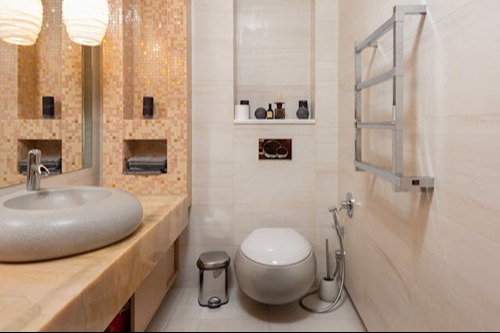
A fresh bathroom without any drawers, shelves, or cabinets feels like a hotel—nice for a night, inconvenient for daily life. Buyers need places for toiletries, towels, and cleaning supplies. Skipping storage often means the remodel was focused purely on aesthetics. It’s especially noticeable in secondary bathrooms.
Adding even small storage elements—like recessed shelves or vanity drawers—improves function and appeal. Flippers sometimes choose pedestal sinks for style, but in most homes, practicality wins. Buyers remember homes where every room is livable without extra purchases. Lack of storage is a silent deal-breaker for many.
This post 13 Remodel Features That Immediately Signal a Low-Resale Flip was first published on Greenhouse Black.
